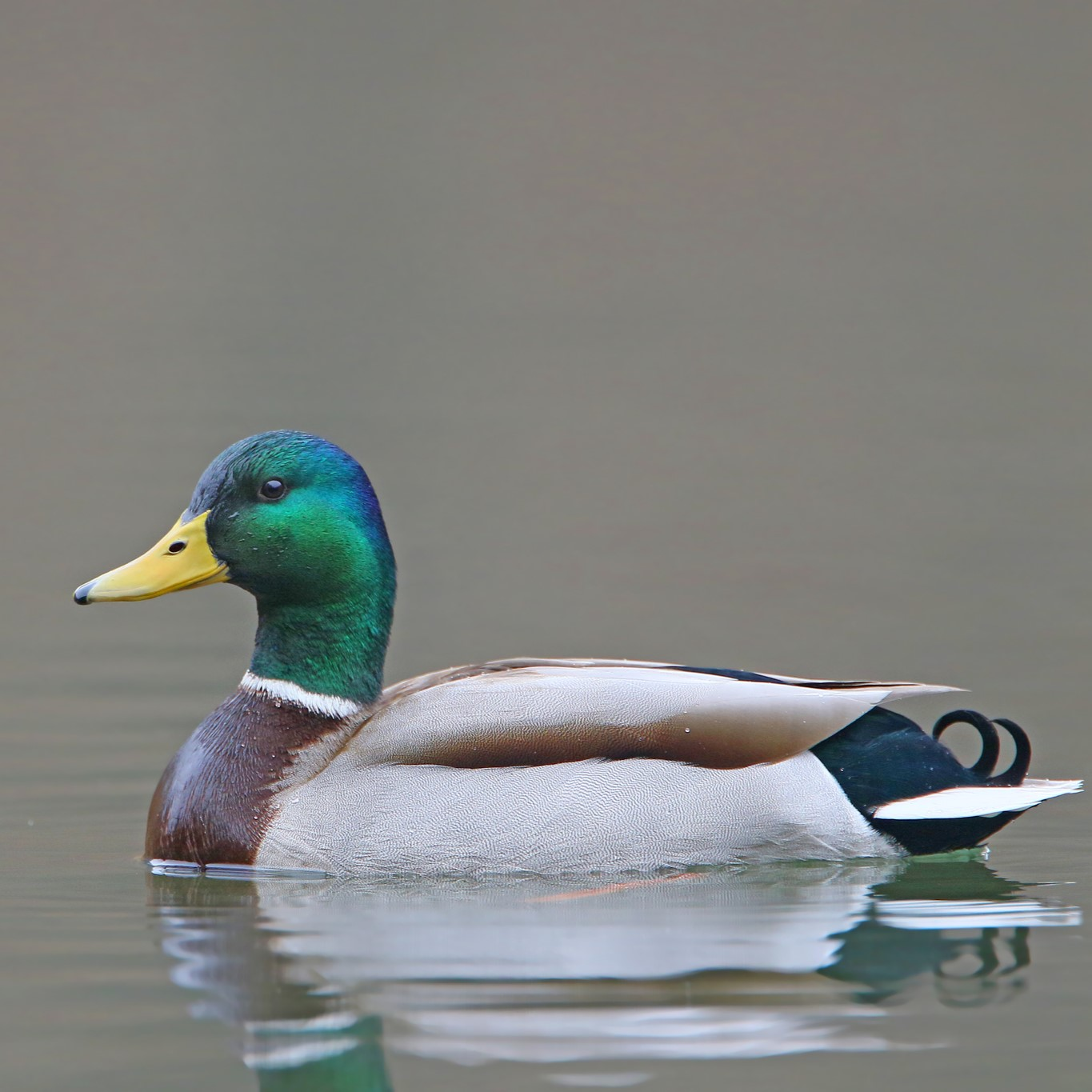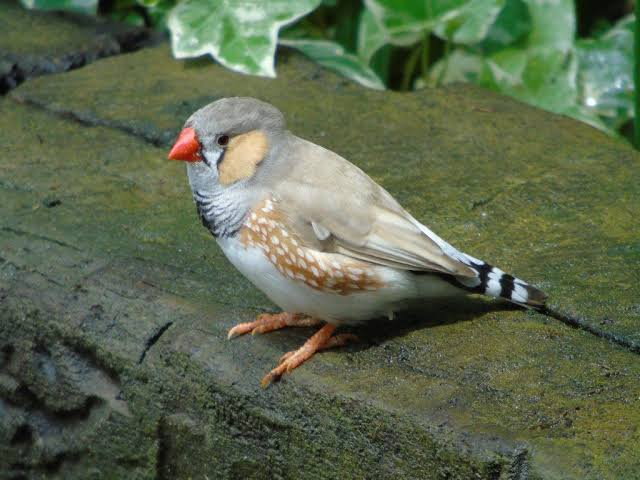Here’s a blog-style article on the Abd al-Kuri Sparrow, ideal for wildlife or birdwatching blogs:
🐦 Abd al-Kuri Sparrow: The Endemic Songbird of a Remote Island
🌍 A Bird of One Island
The Abd al-Kuri Sparrow is endemic to the Abd al-Kuri Island, a rocky and sparsely vegetated landmass located near the Horn of Africa, southwest of mainland Yemen. The island's isolated location and unique ecology have allowed this species to evolve separately from its mainland relatives.
🐤 Identification and Features
-
Size: Small, typical of other sparrows
-
Plumage: Males have a striking contrast of grayish heads, white underparts, and brownish wings, while females are slightly duller.
-
Bill: Thick and conical, well-suited for cracking seeds
-
Behavior: Social, often seen in small groups near vegetation and human settlements
Its appearance resembles the Socotra Sparrow, but subtle differences in plumage and size help in distinguishing them.
🪺 Habitat and Diet
This sparrow inhabits:
-
Shrubby or grassy areas
-
Rocky outcrops and coastal cliffs
-
Occasionally, villages or human habitations on the island
Its diet mainly includes:
-
Seeds and grains
-
Small insects and plant material, especially during breeding season
⚠️ Conservation Status
The Abd al-Kuri Sparrow is listed as Vulnerable by the IUCN due to its extremely limited range. With the entire population confined to just one small island, it faces threats such as:
-
Habitat disturbance from human activity
-
Introduced predators like cats or rats
-
Climate change impacting the island’s fragile ecosystem
Because of its island endemism, any environmental change could be devastating for its survival.
🧭 Scientific and Ecological Importance
Birds like the Abd al-Kuri Sparrow are important for ecological studies, particularly in understanding evolution and speciation. Its existence shows how geographic isolation can give rise to unique and specialized species.
Conservationists and ornithologists are keen to protect this species, not just as a bird, but as part of a living natural heritage of an ancient island.
✨ Final Thoughts
The Abd al-Kuri Sparrow is more than just a small bird — it’s a symbol of biodiversity, resilience, and the delicate balance of island ecosystems. In a world where habitats are shrinking and species are disappearing, protecting such unique island endemics is more vital than ever.
Would you like a map illustration, a birdwatching checklist, or a Tamil version of this blog post? I can create that too!
"This
Content Sponsored by Buymote Shopping app
BuyMote E-Shopping Application is One of the Online Shopping App
Now Available on Play Store & App Store (Buymote E-Shopping)
Click Below Link and Install Application: https://buymote.shop/links/0f5993744a9213079a6b53e8
Sponsor Content: #buymote #buymoteeshopping #buymoteonline
#buymoteshopping #buymoteapplication"







.jfif)

